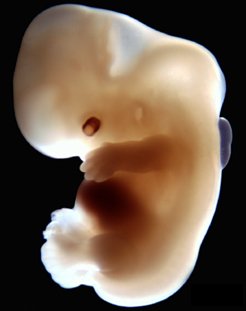
“Foot Musculature in Relation to Pelvic Cuff Rotator: Intrinsic foot function is coordinated with pelvic muscle function via striated muscle nerve innervations from sacral nerve roots 2,3,4 % 5. These nerve roots are responsible for innervations of the external urethral and anal sphincters, pelvic and urogenital diaphragm, obturator internus, gluteal and foot intrinsic muscles.
The human embryo reabsorbs the tail during weeks five and six. During this caudal regression process, asymmetrical or symmetrical neuronal loss may occur affecting sacral roots 2,3,4 & 5. It is common that motor deficits in the feet can be correlated with dysfunction in the PRC. Asymmetrical or symmetrical inability to abduct the toes or intrinsic muscle atrophy in the feet can indicate pelvic muscle dysfunction with neurological origin, as describe by Galloway.
Intrinsic foot musculature is also interconnected with the PRC via fascial planes. The PRC interconnects with the sacrotuberous ligament, which connects to the biceps femoris, a hamstring muscle. The biceps femoris interdigitates via fascia with the posterior tibialis and peroneal muscles. The posterior tibialis and peroneal muscles have fascial links to the foot intrinsic muscles.
In theory, strengthening the intrinsic foot muscles and stimulating sensory nerve fibers in the foot can improve PRC strength and function. Strengthening the PRC muscles may improve foot and ankle strength. Abnormal gait and standing posture can contribute to significant pelvic muscle dysfunction and vice versa.” (pg 32-33)
Solving the Mystery of the Pelvic Rotator Cuff In Human Function and Movement
-Janet A. Hulme



